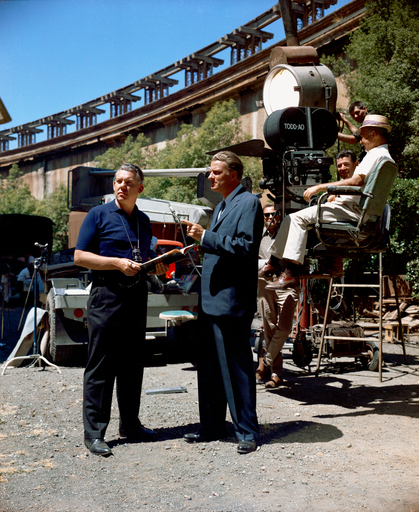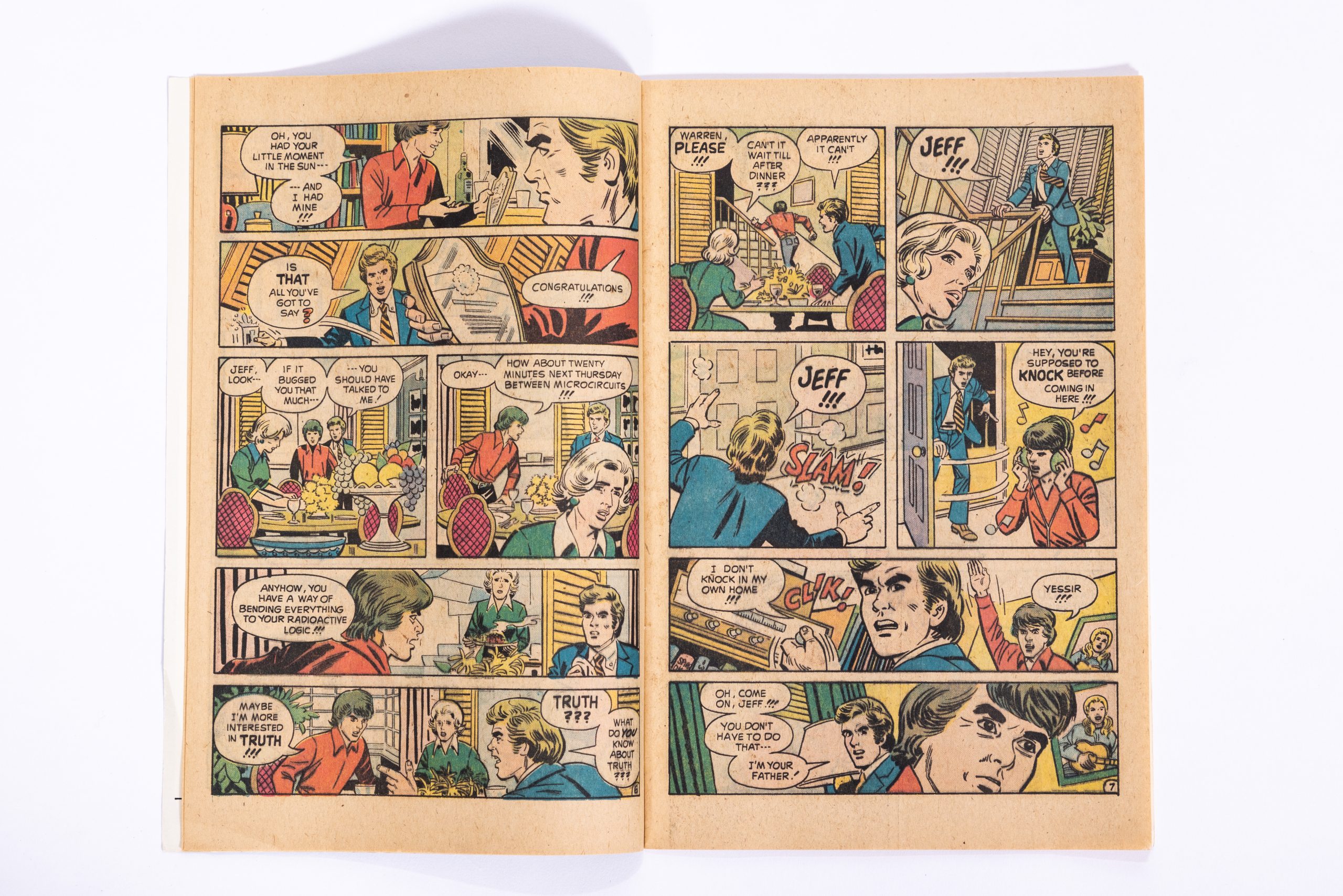World Wide Pictures: A Pioneer in Christian Cinema
March 15, 2023
Categories: BGEA Ministry, Plan Your Visit
Categories: BGEA Ministry, Plan Your Visit

Billy Graham first realized the power of film while he was a student at Wheaton College. In his autobiography, Just As I Am, he recounts, “I thought that someone ought to make evangelistic motion pictures. The one and only religious film I had seen was amateurish and unlikely to appeal to unchurched people.”
Graham would soon meet Dick Ross, an owner of a production company, while Ross was in Portland, Oregon, to film a documentary on Billy Graham’s Crusade there.
Having recognized movies could be yet another way in which to share the Gospel around the world, Billy Graham hired Ross as the president of a new film subsidiary called Billy Graham FIlms, which was eventually named World Wide Pictures. The new production company was to create evangelistic films of true cinematic quality that would appeal to youth and adults alike.
The filming of the The Portland Story would be the first of nearly 200 films produced by World Wide Pictures (WWP).
The first non-Crusade film, Mr. Texas, was filmed during Billy Graham’s 1951 Crusade in Fort Worth, Texas. In the film, starring Redd Harper and Cindy Walker, a rodeo rider gives his life to Christ when he attends a Billy Graham Crusade. The film premiered at the Hollywood Bowl in 1952 and more than 500 people responded when the invitation was given. Find out more about this film here.
In the years that followed, World Wide Pictures “became the largest producer of religious films in the world, with translations into dozens of languages. Someone once calculated that at any hour of the day of night, a WWP film is being shown somewhere in the the world.” Graham also admitted the film work was one of the most difficult undertakings in the ministry due to the cost, time needed to produce the films, and to assure the content was reflective of the mission of the ministry.
Despite the difficulties, each successive film produced by World Wide Pictures tapped into timely topics, including suicide, conflict, homelessness and drugs. In The Restless Ones (1965), a young woman attempts suicide amidst dating struggles. In yet another film, Time to Run (1973), a young man vandalizes the building where his father works and runs away. Perhaps one of the most notable films produced was The Hiding Place, the story of Corrie Ten Boom and her family as the Nazis captured them for assisting Jews during the Holocaust and placed them in concentration camps.


The Billy Graham Evangelistic Association would rent theaters when the films were shown, and counselors would be on-hand to pray and talk with those who came. Many people came to Christ as a result of watching the films, including celebrities such as Kathie Lee Gifford, who attributes her coming to first know Christ by attending a viewing of the film The Restless Ones.
“They gave like an altar call in the movie theater and said, ‘Whoever would like to come forward and make this step of faith,’ and I could not get out of my seat fast enough,’’ she said. “I flat-out believed the whole thing. I’ve never stopped believing it.” Gifford recalled this and other memories of Billy Graham in 2013 on the TODAY show.

The final film produced by World Wide Pictures was Last Flight Out, released in 2003. This film explores the virtues of hard work, forgiveness, and sacrificial love.

The Billy Graham Library is currently featuring a special display on World Wide Pictures in the Library’s lobby through July 2023.